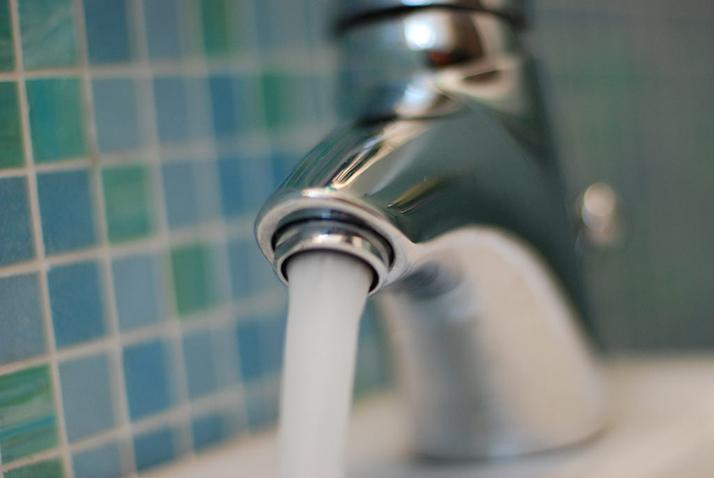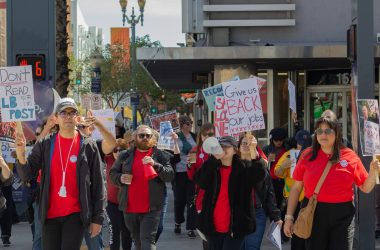After a winter of record-breaking rain falls, flash floods and fresh snowpacks, it may appear as if California’s water woes are a thing of the past. But don’t start taking hour-long showers or watering your lawn in the middle of the day – the state’s water suppliers and the City of Long Beach will continue to enforce conservation measures this summer.
“Long Beach continues to have seasonal and permanent water use restrictions in effect,” said Kaylee Weatherly, the public information officer for the Long Beach Water Department.
LBWD is treating this year’s surge in rainfall as an exception to the drought and will not be reversing water restrictions this coming summer. Long Beach remains in a Stage 1 drought, as per the Board of Water Commissioners, with businesses and homes still having restrictions on what days they can water their lawns or wash their cars. The Metropolitan Water District of Southern California is also continuing a $4.5 million public outreach campaign to promote water conservation.
“We are going to continue to provide the regional outreach messaging for efficient water use,” MWD’s Manager of Water Policy Brandon Goshi said. Although MWD does not have data for 2016, California residents saved roughly 30 gallons of water per person from the start of the drought to 2015, according to its website.
Prior to last winter, the National Weather Service had forecasted another dry winter for Southern California, but multiple record breaking rain storms have proven that prediction wrong. According to a three-month outlook for the months of November, December and January, Southern California was expected to be exceptionally dry. It predicted a repeat of patterns seen in La Nina years which typically result in drier weather patterns, especially south of San Francisco along the West Coast. This was not the case, as Southern California received double digit levels of precipitation.
“The temperature pattern through the U.S. was consistent with La Nina, but the precipitation impacts [and] locations were not, particularly in California,” Maureen O’Leary of the National Oceanic and Atmospheric Administration said.
As California’s rainy season comes to an end, less than 3 percent of California suffers from a severe drought, compared to this time last year when that number was 63 percent, according to NWS data. Large swaths of the southern coast and the central valley remain under-watered, though, including Long Beach.
In 2017 alone, Long Beach has seen its rainfall records broken twice; first on Jan. 12 when more than 1.5 inches of rain fell, and the second was on Jan. 22 with over three inches. Other parts of the state experienced flooding in late February as well, including San Jose and San Diego.
“We welcome the rain showers down here and snowfall up north, and we recognize that this drying climate, and the extreme variability in weather, is our new normal,” Weatherly said. “We need to continue to make permanent changes in water use efficiency.”
Long Beach received unprecedented rain levels this winter, totalling 14 inches of rain between October and January, compared to only three inches during the same period in 2015-16. Water from state water projects, which includes Lake Oroville, contributes to Long Beach’s water supply.
Long Beach also gets its water from groundwater and reservoirs in Southern California. Many of these reservoirs are at their highest levels since Governor Jerry Brown declared a state of emergency in 2014.
CSU Long Beach employs a Sustainability Task Force which has been working since 2014 to implement water saving measures on campus. These included replacing lawns with drought tolerant shrubs and fixing plumbing leaks. The task force’s current project is replacing the showerheads in the Student Recreation and Wellness Center with ones that are more water efficient. Another lawn conversion is planned along Bellflower Boulevard.
“The recent rains are not changing any of our efforts on campus around water conservation.” Paul Wingco, a member of the task force, said.
The Sustainability Task Force will be updating their water action plan this summer. On an average day, CSULB uses over half a million gallons of water, and the Sustainability Task Force says they are working to lower overall water waste.
The California legislature also voted to continue to enforce drought restriction at least until November 2017.
“We want residents and businesses to understand they don’t need to know the weather to know whether or not to conserve,” Weatherly said. “Maintaining a water efficient lifestyle will always be necessary.”




